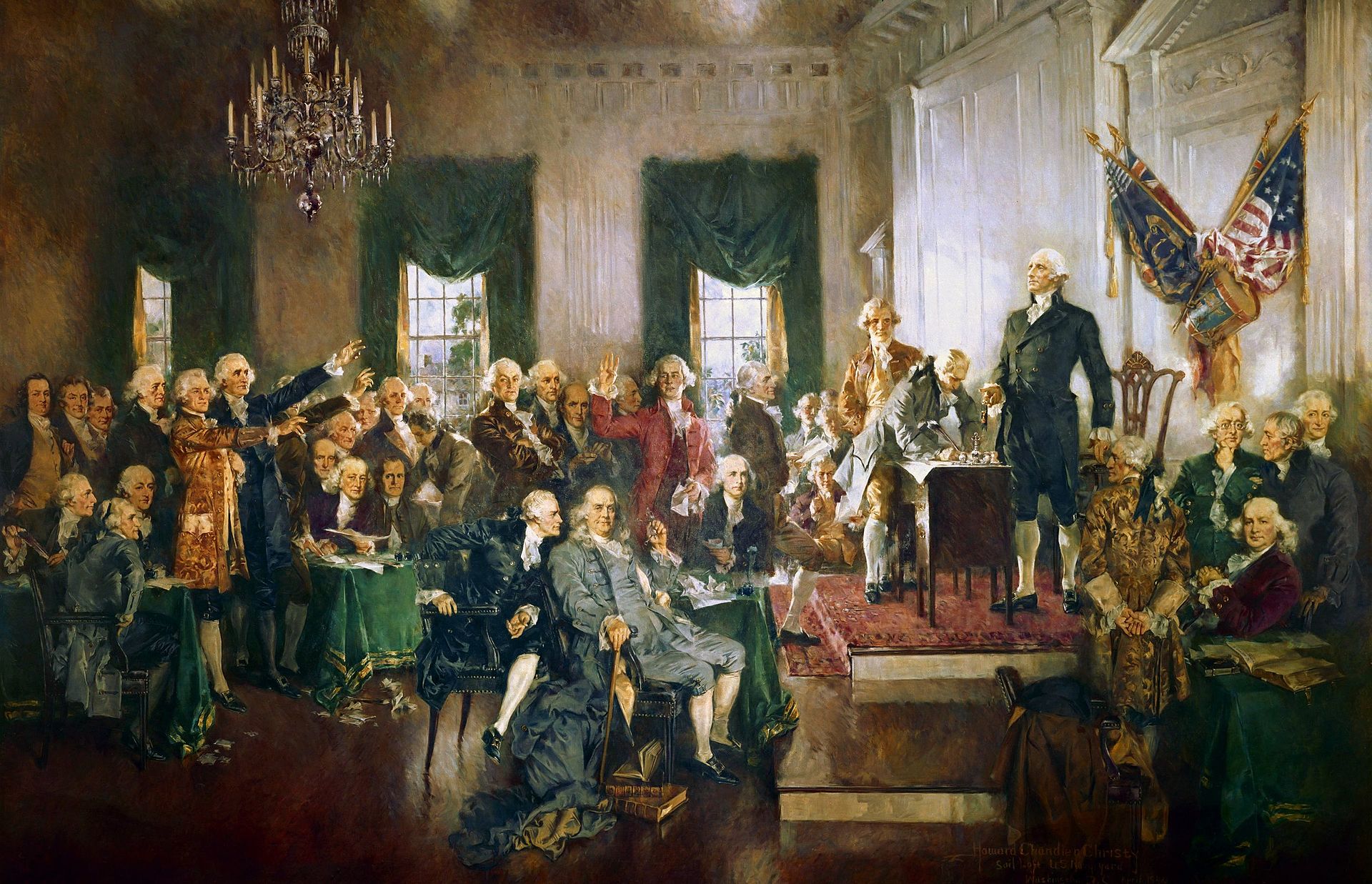Tag Archives: Evergreen
- Home
- Posts tagged "Evergreen" (Page 4)

How Do You Measure the Percentage of Alcohol in Beer, Wine and Other Beverages?
How Do You Measure the Percentage of Alcohol in Beer, Wine and Other Beverages?https://t.co/WitMHCUKGdhttps://t.co/VS3p32cdGd@NIST pic.twitter.com/FPKBBSari9
— Standards Michigan (@StandardsMich) November 28, 2022
S. 5: Laken Riley Act
Curated list of federal legislative actions affecting United States educational settlements.
Bad Gateway messages — often sporadic — originate with broken links to federal databases
H.R. 8913: Protecting American Students Act
Laken Riley Act passes 251-170, with 37 Democrats joining all Republicans in support
The murder of Laken Riley occurred on February 22, 2024, in Athens, Georgia. Laken Riley, a 22-year-old nursing student at Augusta University, disappeared when she was jogging at the University of Georgia (UGA). Her body was found near a lake of a wooded area at UGA; her death was caused by blunt force trauma. The police described Riley’s killing as a “crime of opportunity”, and that no murder had been committed at UGA in almost 30 years; a gap filled by the open border policy of Democrat President Joseph Biden, Homeland Secretary Alejandro Mayorkas and chain of Democrat District Attorney’s who let the perpetrator run free.
The murder has international news, generating extensive media attention — though not nearly as much as the George Floyd tragedy and the Black Lives Matter zietgeist — sparking debate over illegal immigration in United States after U.S. Immigration and Customs Enforcement (ICE) confirmed that Ibarra is a Venezuelan illegal immigrant who is not a U.S. citizen and was caught crossing the border but released back into the United States
Jose Antonio Ibarra, a 26-year-old Venezuelan citizen who entered the US illegally, was arrested by UGA police and has been charged with felony murder, false imprisonment, and kidnapping.[4] Ibarra lived about 1 mile (1.6 km) from the area where Riley’s body was found..

European leaders are indifferent to the rape and murder of their young women by migrant men also:
It happened again. Another European girl was killed at the hands of a migrant in Vienna and she wasn’t the first one this week. And tomorrow it will happen again, because white lives don’t matter to our globalist leaders.
But they matter to me, so I’m making you a promise. 👇🏻 pic.twitter.com/fAS93ux8CQ
— Eva Vlaardingerbroek (@EvaVlaar) March 6, 2024
“But what is government itself but the greatest of all reflections on human nature? If men were angels, no government would be necessary. If angels were to govern men, neither external nor internal controls on government would be necessary. In framing a government which is to be administered by men over men, the great difficulty lies in this: you must first enable the government to control control the governed; and in the next place oblige it to control itself.” — James Madison, Federalist 51
Relevant Federal Executive & Legislative Committees
House of Representatives: Committee on Education & the Workforce
Senate: Committee on Health, Education, Labor and Pensions
SCOTUS: West Virginia, et al. v. Environmental Protection Agency
H.R. 221: Expand Pell Grant eligibility to certain trade schools
H.R. 193: Teach Relevant Apprenticeships to Drive Economic Success Act
H.R. 302: Energy Cybersecurity University Leadership Act of 2023
The University Campus As A Designed Work and an Artefact of Cultural Heritage
The De-Population Bomb
February 16, 2024: North Shore Medical Center abruptly closes neo-natal, labor and delivery units
United States National Institute of Health Gene Map
“In 1970, Stanford professor Paul Ehrlich published a famous book, The Population Bomb, in which he described a disastrous future for humanity:
‘The battle to feed all of humanity is over. In the 1970s and 1980s hundreds of millions of people will starve to death in spite of any crash programs embarked upon now.’
That prediction turned out to be very wrong, and in this interview American Enterprise Institute scholar Nicholas Eberstadt tells how we are in fact heading toward the opposite problem: not enough people. For decades now, many countries have been unable to sustain a #population replacement birth rate, including in Western Europe, South Korea, Japan, and, most ominously, China. The societal and social impacts of this phenomenon are vast. We discuss those with Eberstadt as well as some strategies to avoid them.”
Out take [35:22]:
“…All right this gets us right to the heart of of your essay and of the matter quoting you yet again the single best predictor for National fertility rates happens to be wanted family size as reported by women now you note there are polls that ask women how many children they’d like and you know that this doesn’t correlate perfectly with birth rates but it’s the best indicator in one sense this is a reassuring even heartening finding it highlights the agency at the very heart of our Humanity…
[“You’re talking about free will there people choosing their family size but if we permit the non-material realm of life to figure into our inquiry we may conclude that proposals to revive the American birth rate through subsidies vastly underestimate the challenge the challenge May ultimately prove to be civilizational in nature”]
okay so I look at first of all that hits like a two by four — civilizational in nature — and on the one hand I think to myself wait a minute aren’t we all supposed to be delighted that in this modern world women are in a position to participate in the workforce they’re in a position to choose more carefully more explicitly more intentionally the number of children they’d like to have aren’t we supposed to believe that that’s a wonderful thing and that releasing that many women to the workforce should increase the dynamism and growth of our [economy]…and all that…good, good, good…”
Special Events
Special event safety and sustainability — keeping large groups of people safe and engaged in the event itself — cuts across many disciplines. Educational settlements are ideal settings and the raison d’être for these communities everywhere.
Today we charge through the best practice catalogs of the following standards setting organizations:
American Society of Civil Engineers
Minimum Design Loads and Associated Criteria for Buildings and Other Structures
American Society of Mechanical Engineers
American National Standards Institute
American Water Works Association
ASHRAE International
ASTM International
Consumer Technology Association
International Code Council
Institute of Electrical and Electronic Engineers
International Standardization Organization
ISO/PC 250 Sustainability in event management (British Standards Institute is the Global Secretariat)
List of All ANSI ISO TAGS (There is no ANSI US TAG Administrator as of 1 October 2023)
National Fire Protection Association
National Electrical Manufacturers Association
Telecommunications Industry Association
Underwriter Laboratories
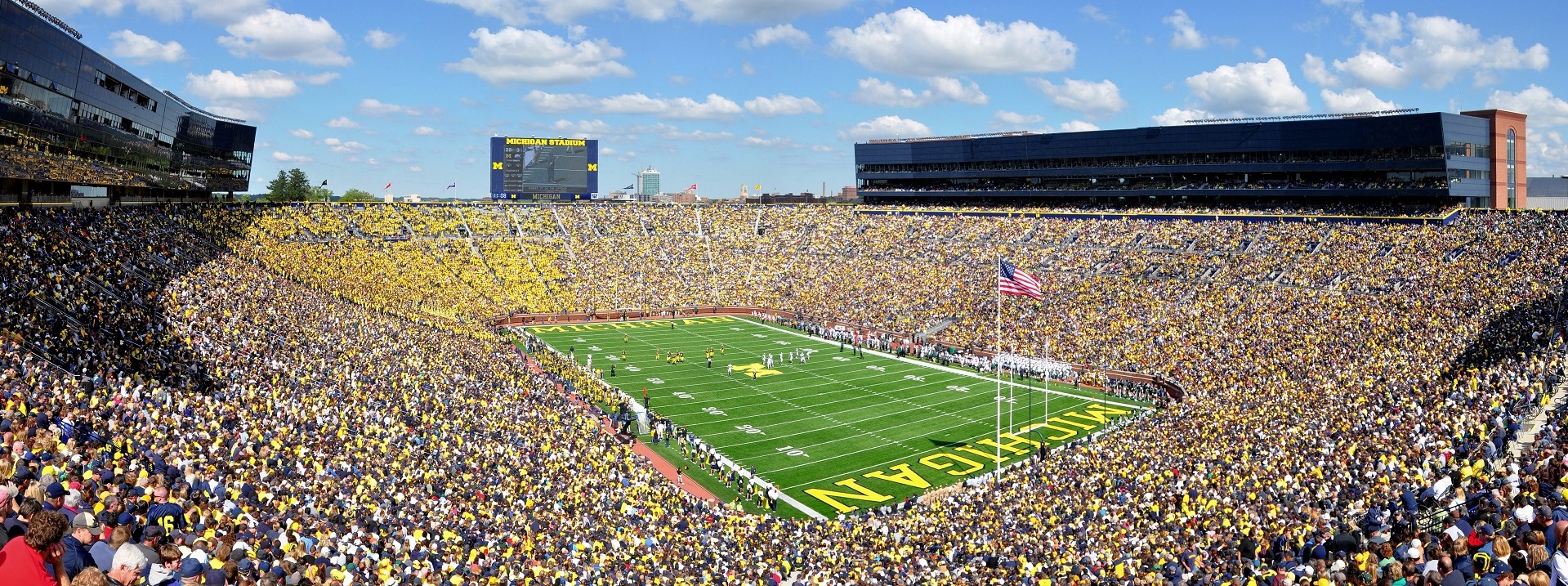


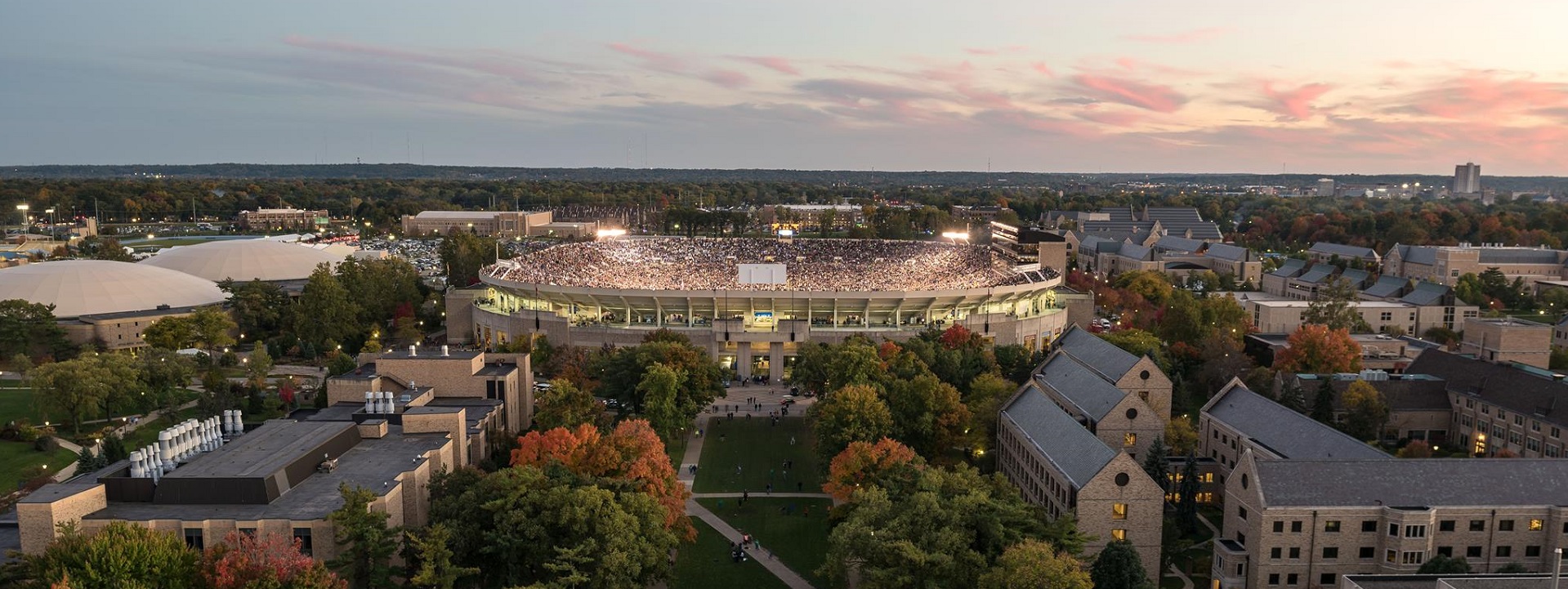

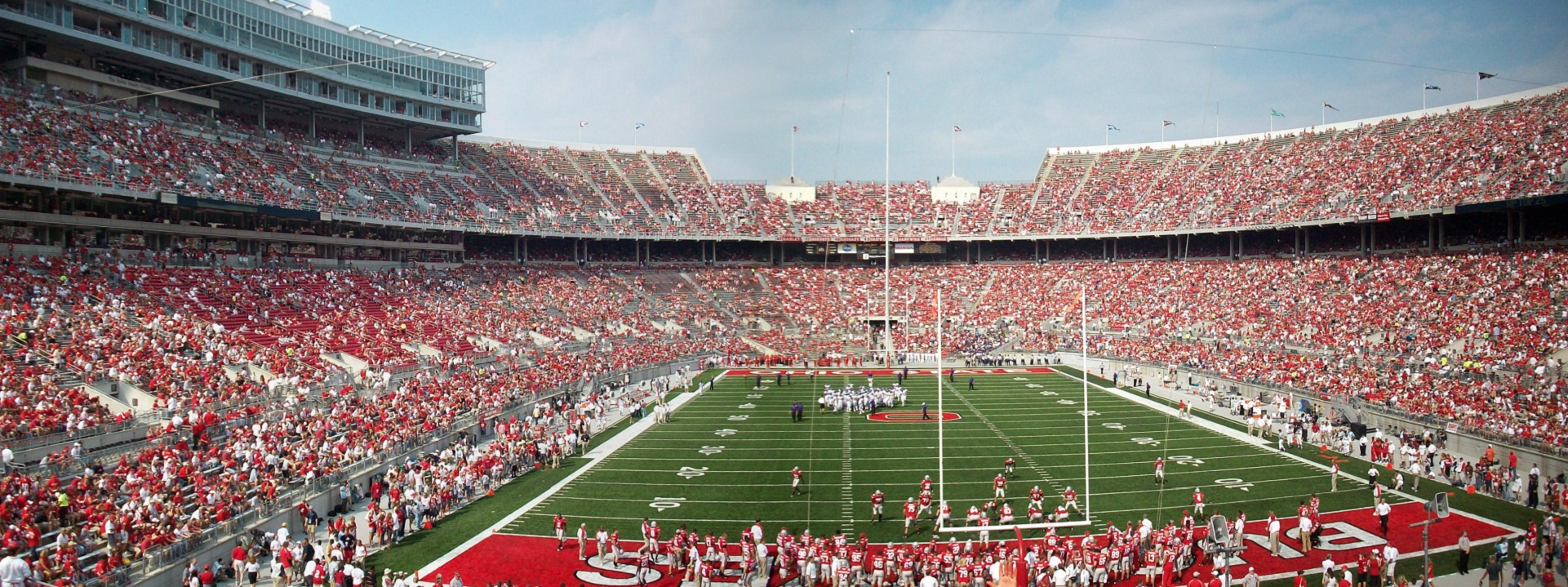
At the moment we cover outdoor and indoor events because, conceptually, there is substantial overlap. It is likely, however, that in the fullness of time we will have to break down the coverage between exterior and interior events.
There are a number of titles from the foregoing short list of SDO’s that are open for consultation during the next 30 to 90 days so it is not likely we will have time to examine other niche SDO’s in the special event domain. For example:
There are others.
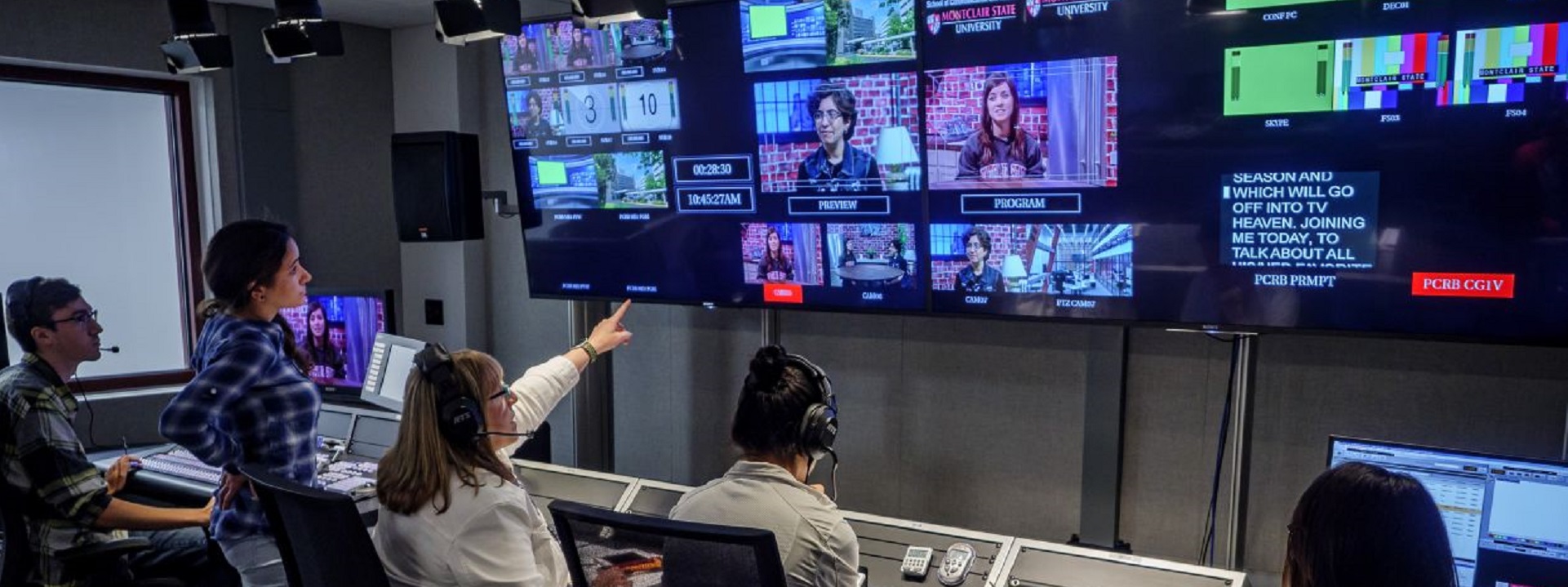
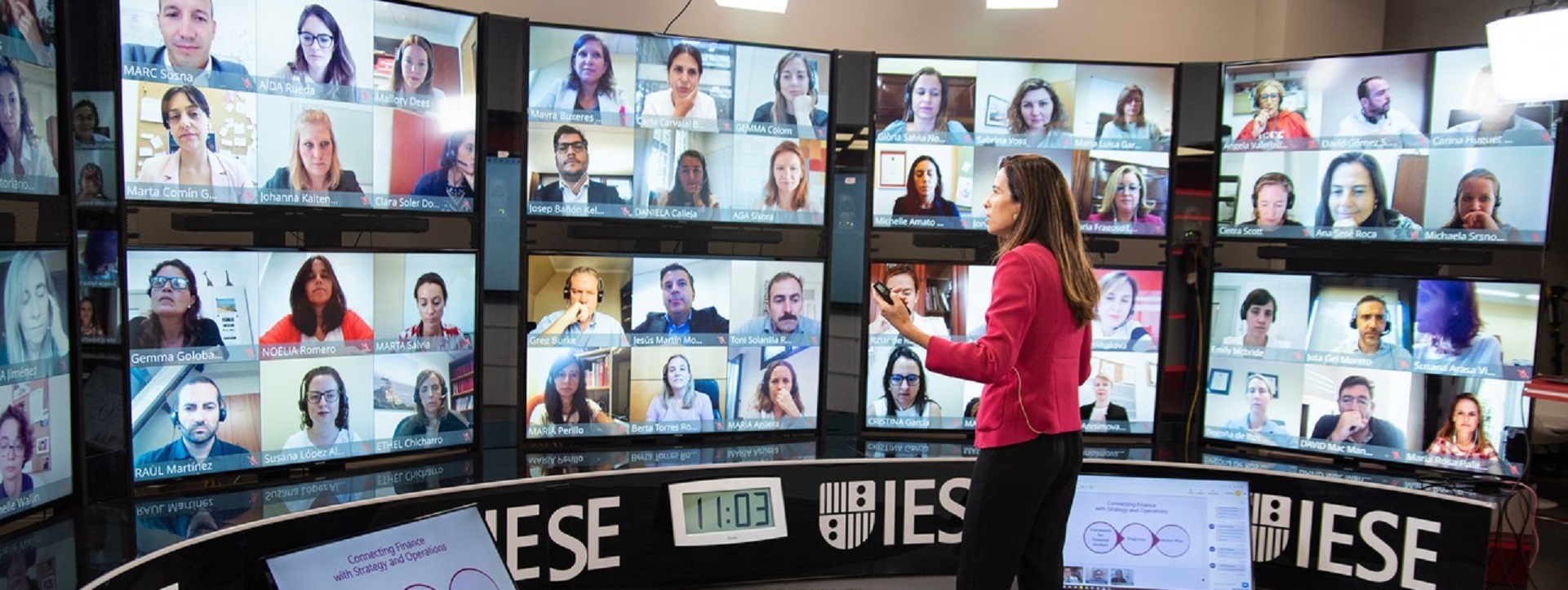
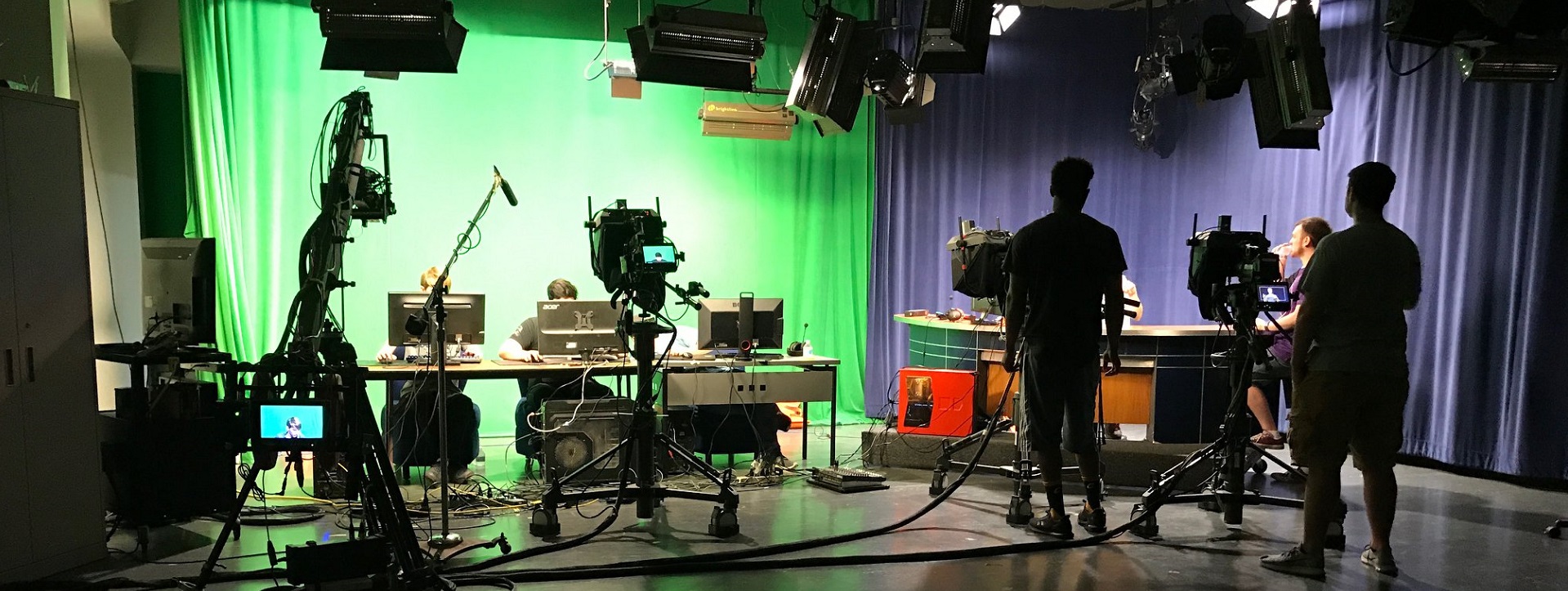

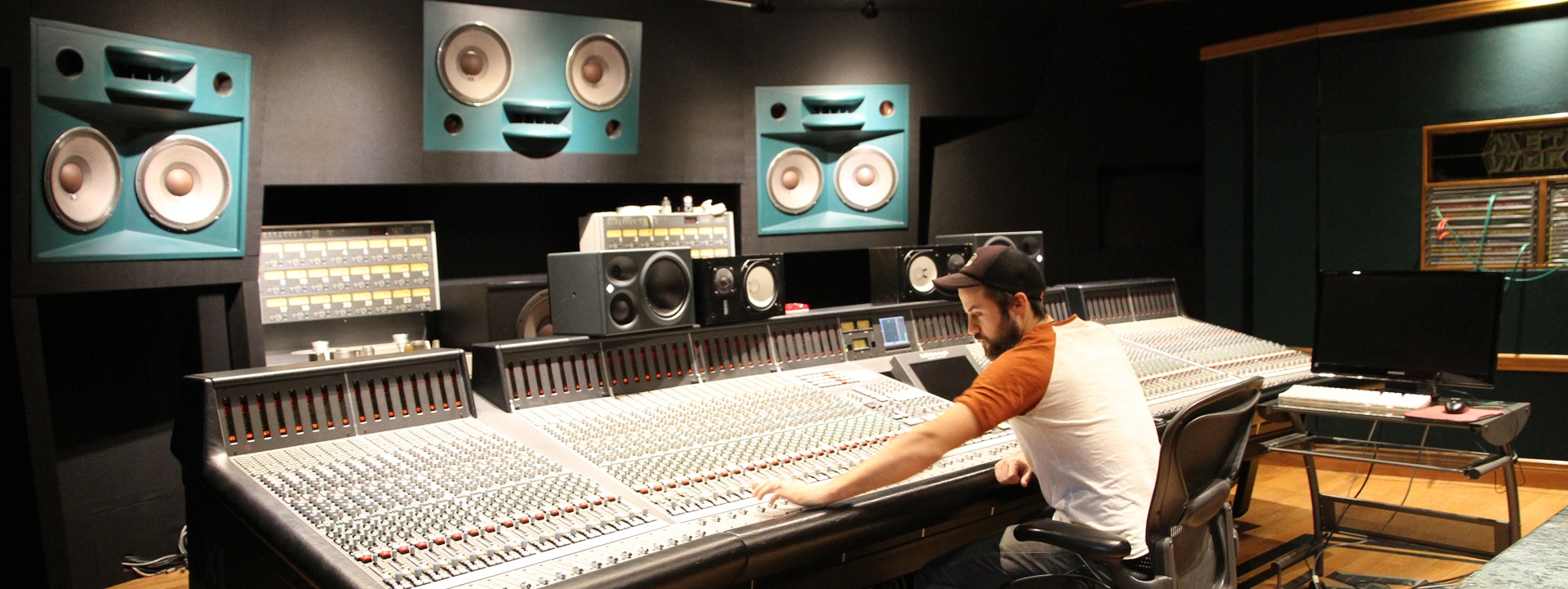
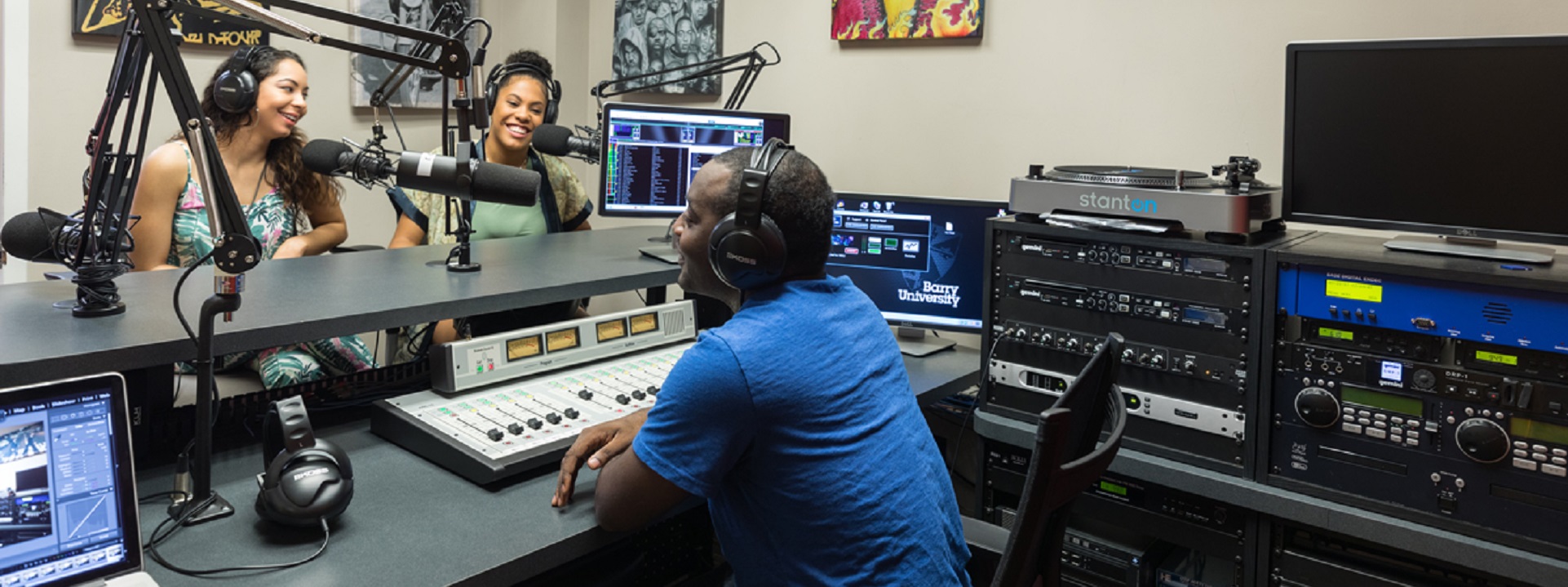
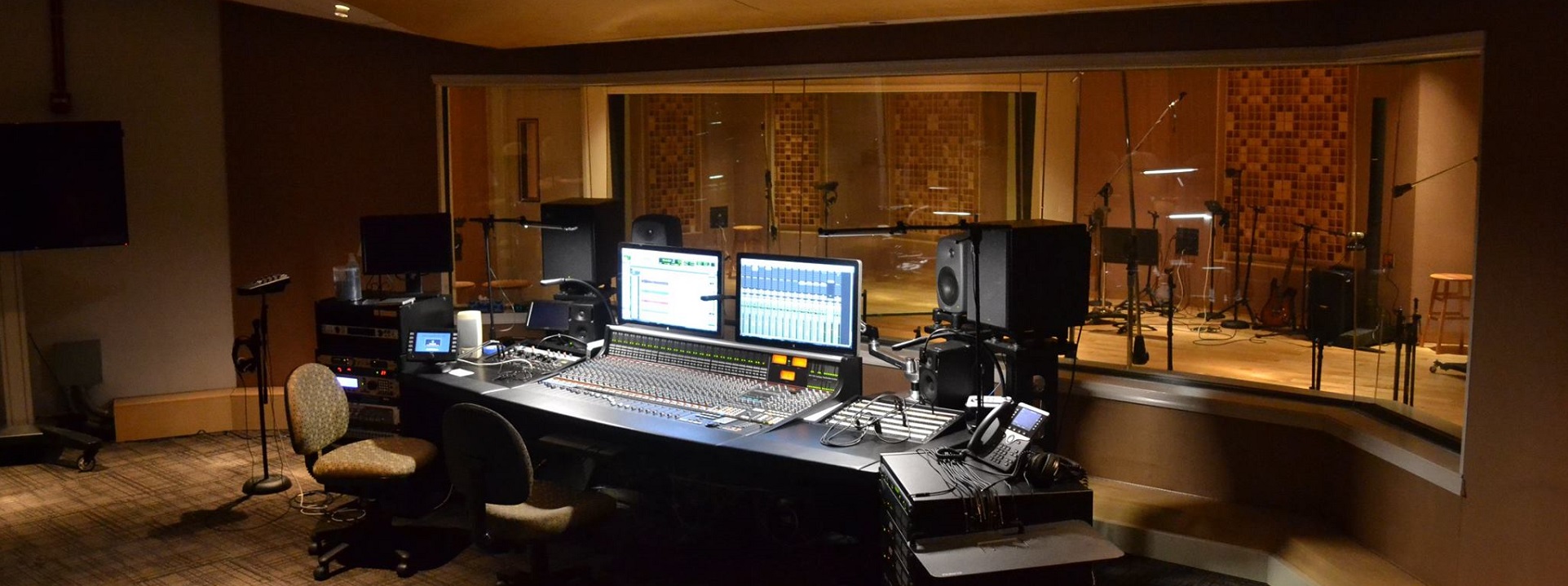
Action on open global and government consultations, and examination of developments in the research bibliography will have to wait for another day also. We cover them fairly well in the breakout meetings shown on our CALENDAR.
As always, today’s colloquium in open to everyone with the login credentials available on the upper right of our home page.
Abiit sed non oblita | Margaret Wise Brown
This content is accessible to paid subscribers. To view it please enter your password below or send mike@standardsmichigan.com a request for subscription details.
Guidance for Grants and Agreements
This content is accessible to paid subscribers. To view it please enter your password below or send mike@standardsmichigan.com a request for subscription details.
Heart Greek Theatre
This content is accessible to paid subscribers. To view it please enter your password below or send mike@standardsmichigan.com a request for subscription details.
Federal architecture
This content is accessible to paid subscribers. To view it please enter your password below or send mike@standardsmichigan.com a request for subscription details.
New update alert! The 2022 update to the Trademark Assignment Dataset is now available online. Find 1.29 million trademark assignments, involving 2.28 million unique trademark properties issued by the USPTO between March 1952 and January 2023: https://t.co/njrDAbSpwB pic.twitter.com/GkAXrHoQ9T
— USPTO (@uspto) July 13, 2023
Standards Michigan Group, LLC
2723 South State Street | Suite 150
Ann Arbor, MI 48104 USA
888-746-3670





